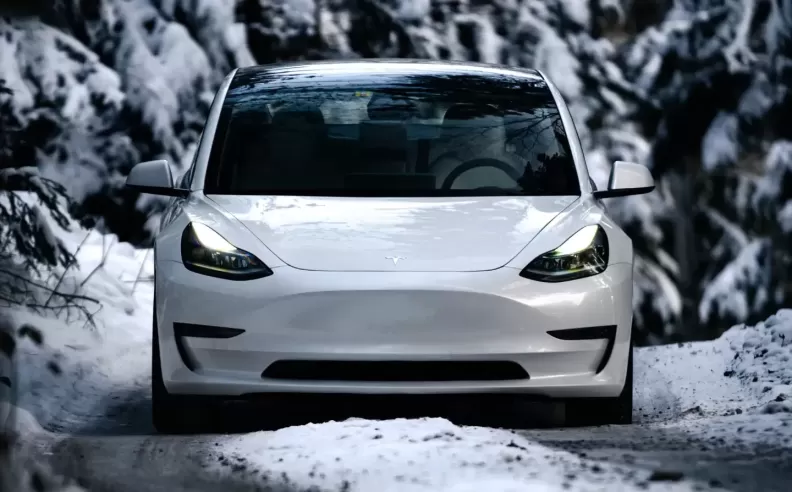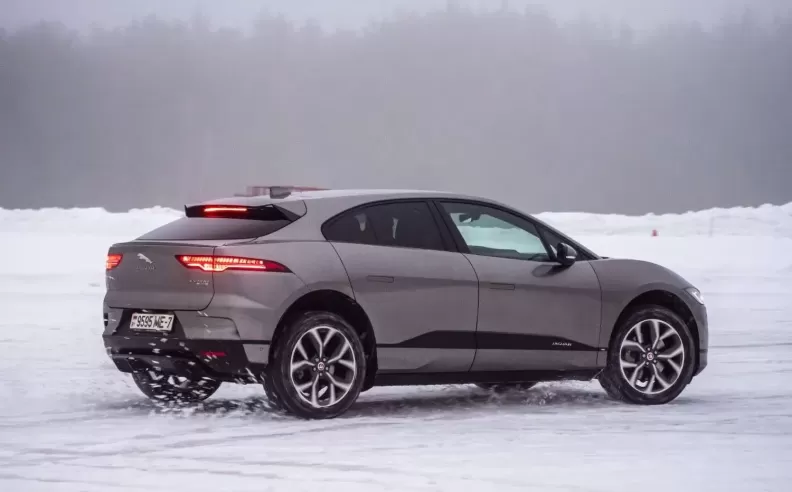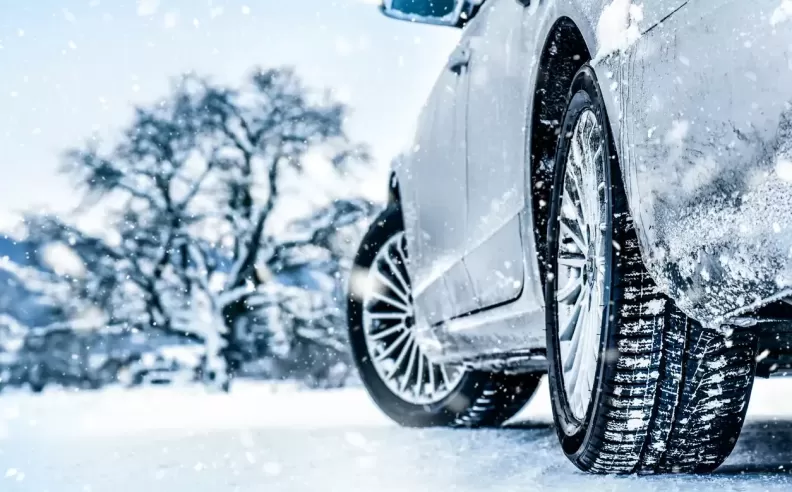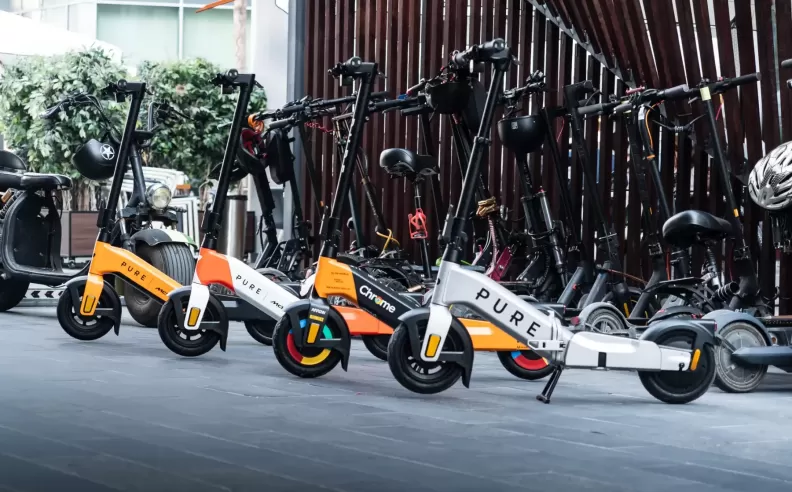
Electric cars have sparked extensive debates regarding their performance in extreme winter conditions. While it’s well known that EVs experience reduced range in cold weather due to increased energy demand for heating systems and slower battery chemistry reactions, this is only part of the story. Beyond range concerns, electric cars offer several unexpected advantages in winter that set them apart from their gasoline-powered counterparts.

Cold weather indeed affects electric vehicle efficiency. The use of cabin heating and defrosting systems consumes additional energy, and lithium-ion batteries operate less efficiently in low temperatures, resulting in a shorter driving range. However, modern EVs are equipped with advanced thermal management systems that help mitigate these issues, maintaining optimal battery performance even in freezing conditions.
More importantly, electric vehicles excel in areas often overlooked in winter driving discussions. Their ability to provide superior traction and stability on icy and snowy roads makes them particularly well-suited for harsh winter conditions. Unlike traditional combustion engines, EVs deliver instant and precise torque control to each wheel, reducing wheel slippage and enhancing safety on treacherous surfaces.

A recent test of the Honda Prologue EV in upstate New York during a surprise snowstorm showcased how electric cars outperform gasoline vehicles in real-world winter conditions. Despite using all-season Bridgestone Alenza tires, which are typically less effective in deep snow, the electric drivetrain provided remarkable stability compared to internal combustion vehicles. The key advantages included:
While range limitations remain a challenge, the winter advantages of EVs cannot be ignored. The combination of precise torque distribution, integrated all-wheel drive systems, and the absence of conventional transmission lag makes them superior in snowy and icy conditions. For drivers facing harsh winters, an electric vehicle isn’t just a viable option, it may be the safest and most capable choice.

Started my career in Automotive Journalism in 2015. Even though I'm a pharmacist, hanging around cars all the time has created a passion for the automotive industry since day 1.
